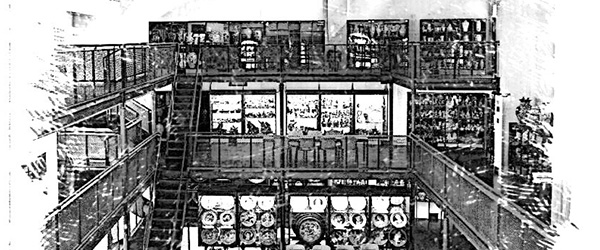
Museo Regionale Della Ceramica
Deruta, Perugia

È il più antico museo italiano per la ceramica; istituito nel 1898, conserva oltre 6000 opere. Sono salvaguardate alcune aree tematiche, come la ricostruzione di un'antica spezieria, collezioni presentate integralmente, la sezione dei pavimenti in maiolica e quella delle targhe votive. Dal settembre 2013 il percorso di visita comprende anche l'Area Archeologica delle Fornaci di San Salvatore. L'indagine archeologica ha consentito il recupero di un numero consistente di reperti ceramici del genere della maiolica, della ceramica ingobbiata e graffita e delle terrecotte invetriate. Oggi un audace tunnel sotterraneo collega il Museo Regionale della Ceramica con l'Area Archeologica delle Fornaci di San Salvatore e consente un itinerario unico che si snoda dalle antiche fornaci per la cottura della ceramica alle collezioni storiche, fino alle produzioni del Novecento e agli spazi dedicati alle conferenze, alle attività didattiche e di laboratorio e alle mostre temporanee.
Contatti
Largo San Francesco
06053 Deruta (PG)
Tel: 075 9711000 - Fax: +39 075 9711000
E-mail: deruta@sistemamuseo.it
It is the oldest Italian museum of ceramics; established in 1898, houses more than 6000 works. There are some fenced thematic areas, such as the reconstruction of an old spice-pot, fully presented collections, the section of ceramic tile floors and that of votive plaques. Since September 2013, the guided tour includes the Archaeological Area of the kiln in San Salvatore. The archaeological survey has allowed the recovery of a large number of ceramic finds of the kind of majolica, slipware and graffiti ceramics, terracotta invetriata. Today a daring underground tunnel connects the Regional Museum of Ceramics with the Archaeological Area of the klin of San Salvatore and allows a unique itinerary that winds from the ancient kilns for firing ceramics to historical collections, up to the productions of the XX Century and the spaces dedicated to conferences, educational activities and laboratory and temporary exhibitions.



